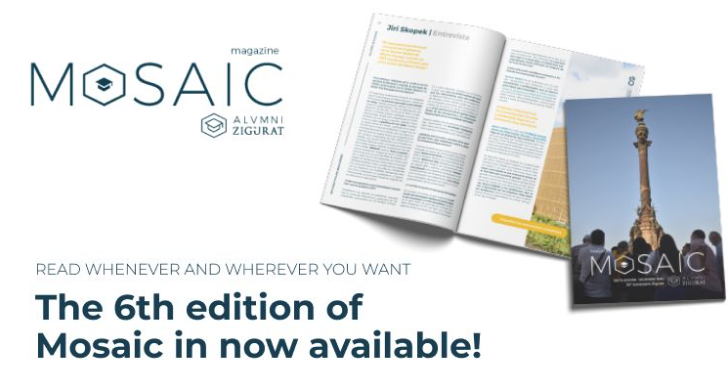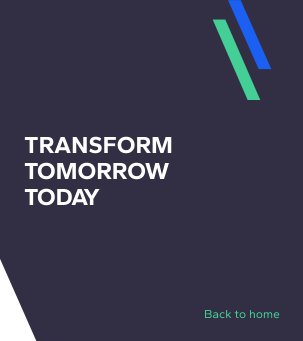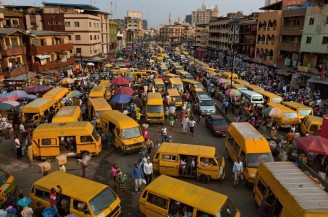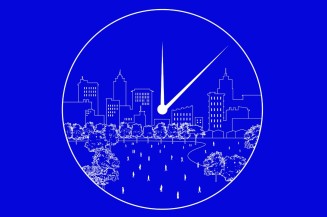Blog / Leadership & Transformation
ZIGURAT Student’s Resilience Hubs Project Wins National Science Foundation Award
Categories
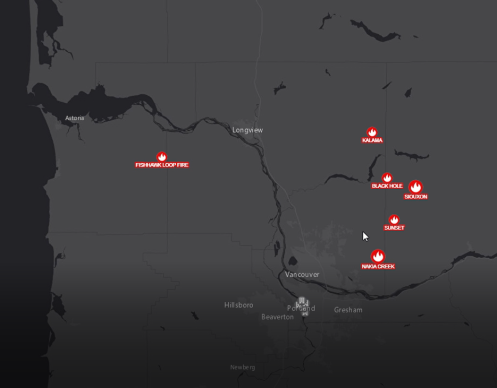
How to build Smart & Connected Community Resilience Hubs to respond to climate disasters? That was the question that guided the Master’s Final Thesis of a group of Alumni of our Master’s in Global Smart City Management. The result? An amazing project that won a prize from the National Science Foundation of the US! Read on to understand the details of this project and to have a first-person account on the ways technology can transform the wellbeing of citizens.
Resilience Hubs: How it all started
Jiri Skopek, alumnus of the Master’s in Global Smart City Management, is an architect and planner who provides advice to building owners and managers on sustainable development in the fields of design, asset and facility management, emergency preparedness, business continuity, smart buildings and innovative planning and business development solutions. Currently he is chair of NIST Global City Team Challenge Smart Building Supercluster.
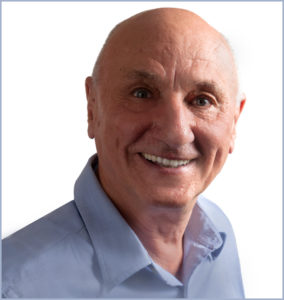
Jiri Skopek, ALumni of the Master's in Global Smart City Management Together with Mahmoud Adly, Mohamed Omar, Dan’OBrian and Mohammad Alzayd, Jiri presented this project for their Master’s Final Thesis. Soon after,it was accepted for funding by the National Science Foundation. Let’s take a look at what it is about.
The problem: a lack of a “whole community response"
The increasing frequency and severity of disasters, largely triggered by climate change, signals an urgent call for pre-disaster community resilience readiness. While resiliency largely depends on capacity of emergency management professionals, FEMA (the Federal Emergency Management Agency of the US) has identified a key problem: the gap between professional emergency responders and the affected communities to activate a “whole-community”response.
In a 2015 interview with The Atlantic, Craig Fugate, then leader of FEMA, explained it this way: “Within the emergency-response community, the philosophy of “whole-community response” is very important. It seeks to decentralize disaster management from the federal government and involve the private sector, volunteers, and private citizens.
The idea is aimed at solving some of the glaring weaknesses in how the government responds to disasters, flaws that were exposed most clearly by Katrina. During that disaster, the systemic problem was that we planned for what we were capable of responding to, not what could happen. And when the system and the impact was greater than that, it failed”. “Oftentimes, if you do government-centered planning you forget about the private sector unless you need them to do something for you. We’re asking a different question: “What can we do to get you open?”
The solution: Digital Twin-based Community Resilience Hubs for Schools
The project proposed by the alumni consisted of a fundamental integrative research into both the physical and the community response to disasters by modelling the impact of disasters on a community, using digital twin technology and a development of a concept called Schools as Community Resiliency Hubs, which engages the ‘whole community’ in disaster preparedness and readiness.

The three research elements of the project were:
-Comprehensive, systematic representation and analysis of disaster impacts on a schools and community via model-based digital twin techniques.
-Engagement and participation of the whole community in emergency preparedness and work, closely alongside professional first responders and
-Application of smart and connected building concepts and capabilities to a prototypical school in Oregon to enable integrated, timely, and robust responses to disasters.
The three goals were:
-Provide research planning, simulation, and community awareness framework for the appropriate pre-disaster community preparedness and resiliency measures based on the type of disaster.
-Provide a framework for community participation and engagement.
-Provide a concept for a demonstration Community Resiliency Hub model that would be scalable to a cluster of hubs and as a national resiliency network.
To achieve multi-timescale predictions and support dynamic disaster decision-making, the project started by identifying the school(s) and its surrounding locational hazards and community vulnerabilities, and modelling these in a digital twin. The results were then used in creating an inclusive and equitable community resiliency plan following FEMA’s National Disaster Recovery Framework (NDRF) and the community lifelines, that were then presented in an online platform, using Oregon as an example.

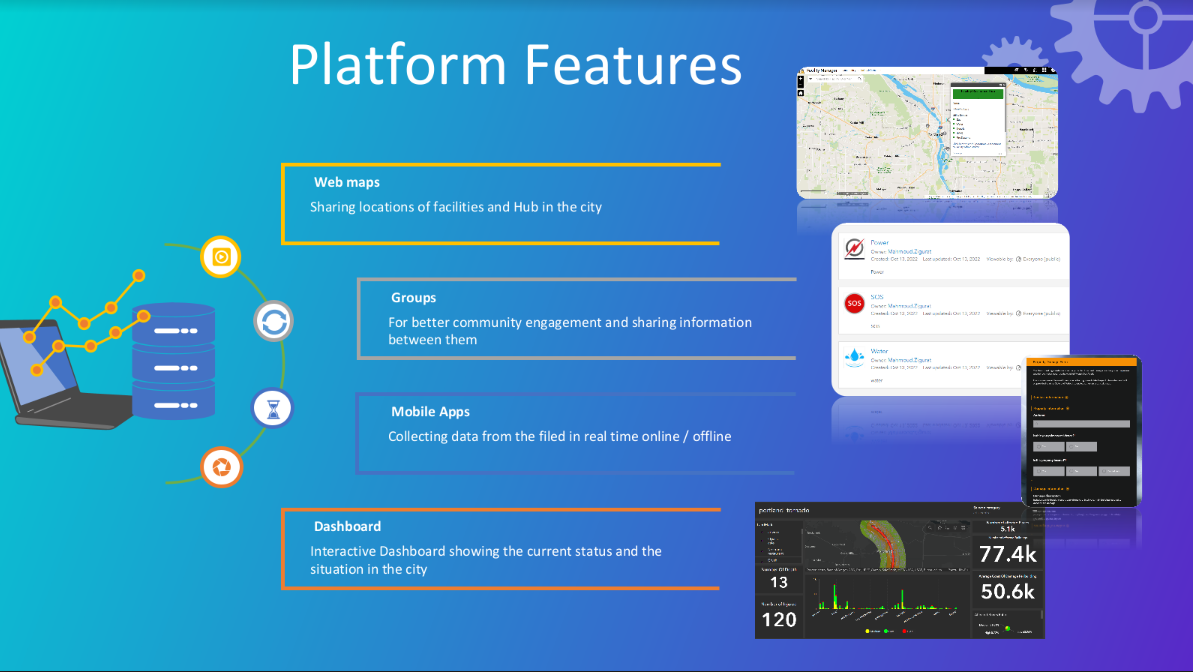
Interview with Jiri Skopek
For the 6th issue of our Alumni Mosaic Magazine, we interviewed Jiri Skopek:
To start with, tell us about yourself: what is your career path and when (and why) did you decide to enroll in the Global Master’s in Smart City Management at Zigurat.
My career path started in England, in the New Town of Milton Keynes, when in 1973, I built the first active solar house in the UK. Since that time, I have always been interested in sustainability. After the slowdown in New Towns development in the UK, I decided to go where there is enough sun to generate energy. I ended up as a planner in the Middle East with a consulting group Llewelyn Davis. We did all the planning in Qatar, including the capital of Doha. In Oman, I was involved in the planning of Al Batinah Coast, and then with the French firm in the design of a new town of Jizan in Saudi Arabia and the planning for King Abdul-Aziz university campus in Jeddah which was being done by a Canadian firm. Meanwhile, a school colleague from London was creating the Green Building assessment, BREEAM, which I brought to Canada and which became the basis for Green Globes, which is now the US national ANSI standard. On the basis of this it was then acquired by Jones Lang LaSalle, where I was involved in sustainability for 11 years. Through this work, I got much involved in smart buildings with an interest in smart cities. This led me to apply to Zigurat. Frankly, my main interest in the Zigurat was its location in Barcelona.
What was the problem you were trying to solve through your FMT project?
We were trying to solve the problem caused by the growing frequency and severity of disasters triggered by climate change and other human-caused disasters, which creates an urgent need to make communities more resilient. The United States Federal Emergency Management Agency (FEMA) outlines that one of the key problems hindering the improvement of community resilience is that there is a gap between centralised emergency management and the fragmented engagement of affected communities. Our focus has been to find out what role smart technologies can play in bridging this gap and how they can help us to make communities more resilient.
Who were the other members of your FMT team? What skill sets did they have and how did you complement each other?
We were lucky that our thesis team included a group of seasoned professionals. Mohammed Omar was the ESRI representative in the Middle East, and his skills were GIS, Mahmoud Adly was working at the Abu Dhabi Municipality and his skills were BIM design and smart buildings. Mohammad Alzaydi had business experience in establishing start-ups and innovation in Saudi Arabia, and Dan O'Brien is a dedicated environmentalist with an interest in empowering communities.
And what did you bring to the table?
As for myself, I have a strong interest in the application of smart technologies to the improvement of society and community life. I have been very fortunate to participate in the NIST Global City Team Challenge (GCTC), an initiative to find a way to use technology to address challenges such as cybersecurity data management, public safety, disaster response, energy management and mass transit improvement, and also to encourage collaboration among those building a comprehensive view of the development of smart cities. So I believe I was bringing in a holistic view, of how to use smart technology to do the task we set for ourselves.
So what were the goals of this project regarding resilience hubs?
Our goal was to propose a community hub network as a simple, innovative, and effective approach to closing the gap between professional disaster responders and the community. In other words, establishing a “whole community” resiliency response and developing an approach to enable a community to choose the appropriate technology and infrastructure – tailored to meet the critical needs of a community in a disaster situation which can be added to future designs or retrofits of resilience hubs and adopted at the network scale. By “Whole Community,” we mean here a way by which residents, emergency management practitioners, organisational and community leaders, and government officials can collectively understand and assess the needs of their respective communities and determine the best ways to organise and strengthen their assets, capacities, and interests.
How did you carry out the research process?
We approached the project with a comprehensive literature review and Theory of Change methodology. We had a long-term vision of what we were trying to achieve, which was how to engage communities and make them more resilient. We then work backwards through a process of causal pathways, where we systematically identified the interventions which would bring us to our desired goal and change process.
And last (but not least!) please tell us about the prize this project won and what it means for the future of it and its real-life application.
When working on the thesis, I had in mind the National Science Foundation program called the Civic Challenge, which funds ready-to-implement, research-based pilot projects that have the potential for scalable, sustainable, and transferable impact on community-identified priorities and also addresses the issue of how to make communities more sustainable and resilient. I pitched the program of the resilience hubs to my GCTC group, and together with Georgia Tech, we were successful in our submission to the National Science Foundation to be selected for the Civic Challenge program. So, in a sense, our project is not ending with the completion of our thesis but it will be carried out and further developed through the National Science Foundation program.
